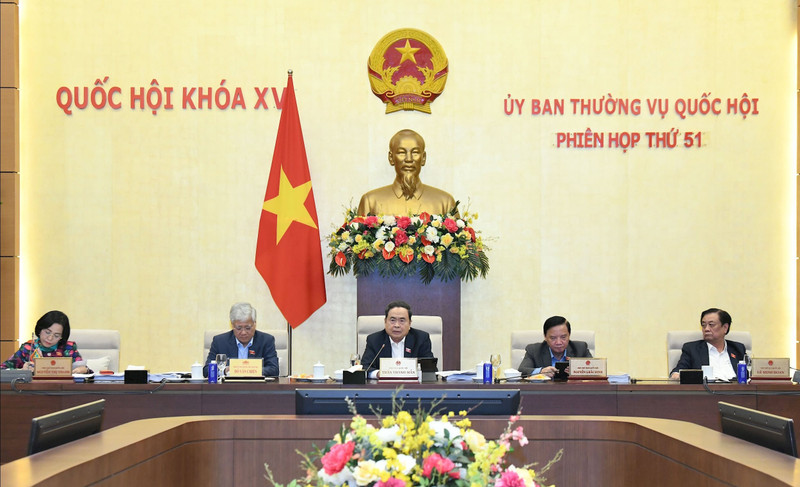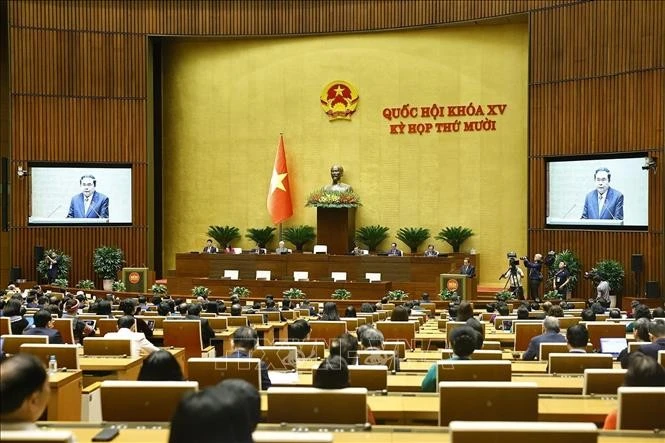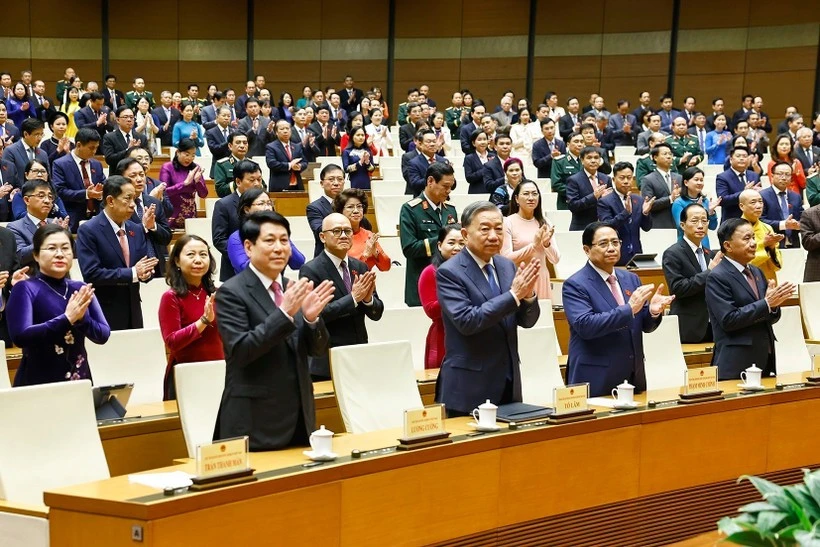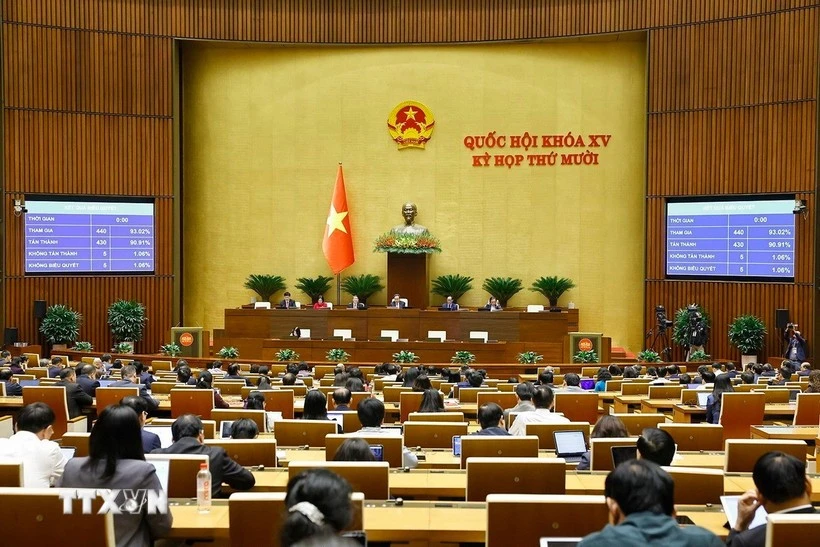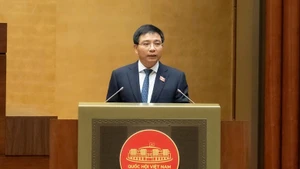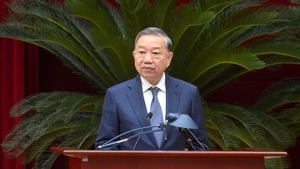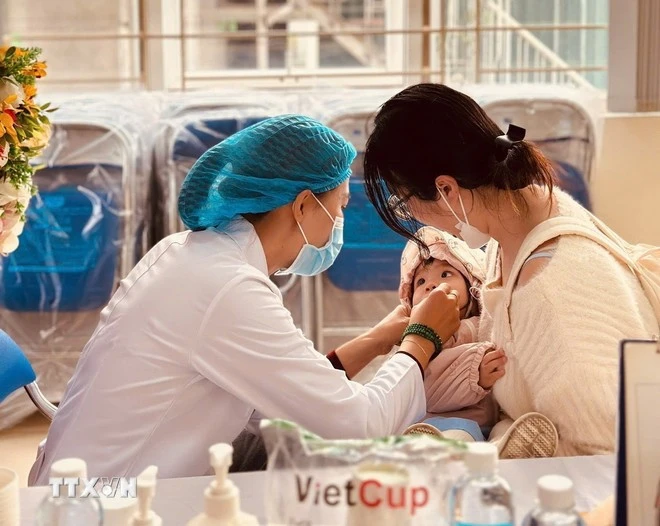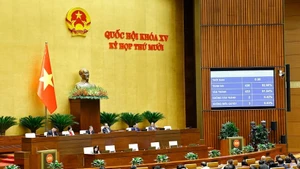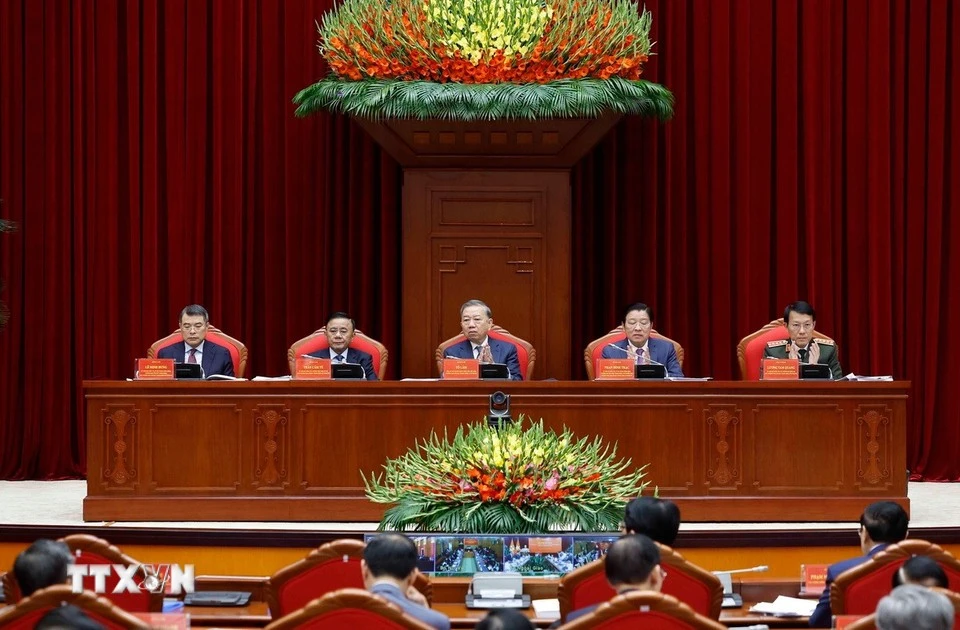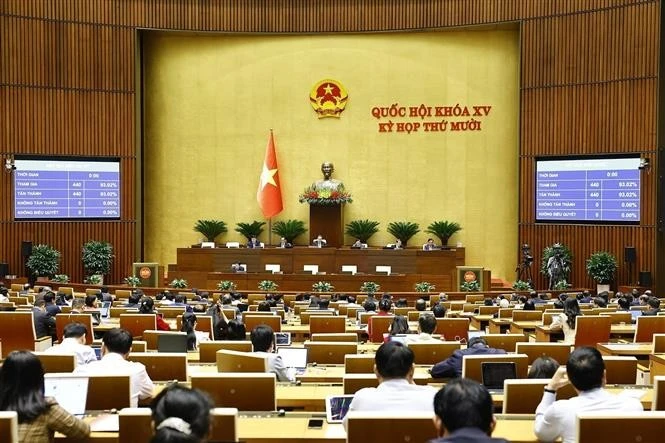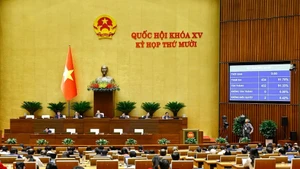The bill notes that AI is becoming a key technology of the Fourth Industrial Revolution, creating major opportunities but also raising urgent questions on governance, ethics, and safety that the current legislation has yet to fully cover.
The proposed law, comprising eight chapters with 36 articles, aims to institutionalise the Party and State’s policy direction, create a breakthrough legal corridor for AI, provide an enabling legal framework for innovation and national competitiveness enhancement, manage risks, and safeguard national interests, human rights, and digital sovereignty.
The NA Committee on Science, Technology and Environment deemed the draft largely consistent with the Constitution and existing legislation but recommended further review to ensure alignment with several laws such as the Civil Code, the Law on Product and Goods Quality, and the Law on Technical Standards and Regulations.
NA Vice Chairman Tran Quang Phuong stressed the need for a risk-based regulatory approach suited to Viet Nam's conditions, with a clear coordination role of the Government and a management role of relevant ministries. He also warned of potential cognitive impacts on people, especially children, if AI tools are overused.
NA Chairman Tran Thanh Man noted that while the Law on Digital Technology Industries already includes a chapter on AI, a comprehensive legal framework is still needed to facilitate the research, development, deployment, and use of AI and a comprehensive AI ecosystem.
He emphasised that AI, if applied responsibly, can become a core driver for socio-economic development, national defence, and security safeguarding. However, as opportunities are accompanied by challenges, timely regulations are essential to manage risks and ensure human rights.
He confirmed that the Law on Artificial Intelligence is expected to be adopted at the ongoing 10th session of the NA.

At the meeting, Minister of Education and Training Nguyen Kim Son presented a proposal for the national target programme on modernising and improving the quality of education and training for 2026–2035, saying the scheme needs to mobilise about 580.13 trillion VND (22 billion USD) .
Its targets for 2035 include ensuring all preschools and general education institutions meet infrastructure standards, are fully equipped to teach English as a second language, and use smart-school models applying AI and big data. All public universities included in the plan are expected to meet the required standards.
Delivering a verification report, Chairman of the NA Committee for Cultural and Social Affairs Nguyen Dac Vinh underscored the need to invest in the programme to institutionalise the Party’s policies on developing and fundamentally and comprehensively reforming education and training.
The committee urged the drafting body to review the programme to avoid overlaps with existing or forthcoming national target programmes, and to focus on two overarching objectives – comprehensively modernising the national education system and ensuring equitable access to education.
Briefing participants on the proposal for a national target programme on health care, population and development for 2026–2035, Minister of Health Dao Hong Lan reported that the programme will require around 88.63 trillion VND.
It targets improving physical and mental health, life expectancy, and quality of life. Targets for 2030 include ensuring 90% of communes, wards, and special zones meet national healthcare criteria; universal electronic health records; and 100% provincial-level centres for disease control capable of testing high-risk infectious agents and monitoring water quality.
It also aims for all local healthcare stations to fully implement prevention, management and treatment procedures for selected non-communicable diseases by 2030 and beyond; to reduce stunting among children under five to below 15% by 2030 and below 13% by 2035; and to increase by 70% (by 2030) and 90% (by 2035) the number of vulnerable people accessing social care services compared with 2025 and 2030, respectively.
The NA Committee for Culture and Social Affairs supported the programme but urged a more realistic assessment of local budget capacity and clearer and results-based targets. It called for prioritising core components, tightening coordination, and ensuring measurable indicators for effective evaluation.
